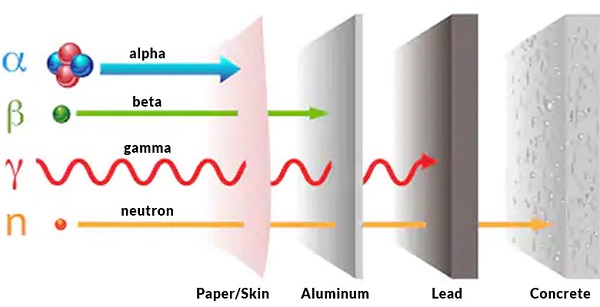 Friday, May 10, 2024
Friday, May 10, 2024  Friday, May 10, 2024
Friday, May 10, 2024 
Radiation Protection is an important field across a wide range of industries from healthcare and medical imaging to nuclear energy, nuclear medicine and non-destructive testing. ALARA (As Low As Reasonably Achievable) is a principle that strives to minimize the exposure of ionizing radiation to people and the environment while considering economics, technology and social factors. Considering all the factors, and the number of materials to choose from, consulting with a shielding materials expert is essential to finding the most effective solutions to your shielding needs.
It all starts with the type of radiation that is present. Materials interact differently with different types of radiation. For example, tungsten is able to attenuate gamma radiation effectively, but when exposed to neutron radiation, secondary gamma rays can be produced. Materials that are strongest at attenuation gamma radiation are tungsten and lead, while high density concrete and borated polyethylene are better materials for stopping neutrons.
Choosing the right material will allow you to save space and use less material. A shield of high-density concrete can take half the space of regular concrete with the same shielding properties. Flexibility of a material is also important to think about when considering the space requirements. A flexible material like metal impregnated polymers might be more suitable to shield a round object like a pipe, as it can be wrapped around tightly.